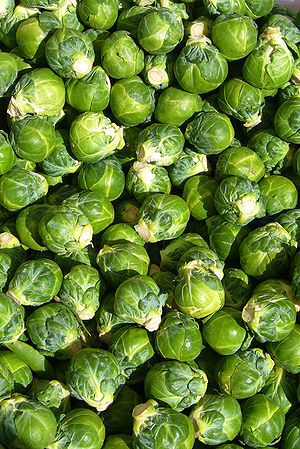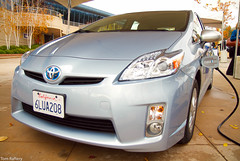A mom’s work is never done. We care for everyone else but who takes care of us? For now, we will have to help ourselves. The first thing to do is get some sleep.
Sleep is important. It is during sleep that the body shuts down all non-vital systems and repairs itself. When we slack on sleep, we are doing ourselves a disservice. It is hard to make up lost sleep, and most adults need at least eight hours a night.
For moms, the trick is often getting to sleep. Our minds reel with the day’s activities and what we have to do tomorrow.
To quiet the mind, relaxation tips are needed. It is not just a matter of getting rest but preparing so that sleep is restful and not just a bunch of tossing and turning.
Bedtime Relaxation Tips
* Yoga – Usually exercise is discouraged before bed. Vigorous exercise gives you energy a bit like caffeine, and can prevent sleep. But, yoga is a stretching exercise that relaxes the body one muscle at a time. Practicing yoga an hour or so before bedtime can prepare you to rest when you need to.
| Massage for Relaxation (Photo credit: Wikipedia) |
* Warm bath – Very seldom do most moms get the time to take a bath. If your children are small, prepare them for bed at a regular time each night so that you can have your relaxation time before you sleep. Turn your bath into a spa experience. Light candles around and use scented oils in the bath. Soak and allow the oils to relax you. Try lavender or chamomile.
* Have a cup of tea – Herbal tea at bedtime can help get the ball rolling towards a restful night. Drink slowly and allow the fluid to warm your belly.
* Practice deep breathing techniques – First, concentrate on your breathing. Practice slowing your breathing down and making it deeper - breathe deeply into your belly, then fill your rib cage and upper chest. Hold a moment, then slowly release in the opposite order - out of the upper chest and ribs, and finally exhale all the way so that your belly pulls in towards the spine. Hold a moment, then repeat. Breathe in through your nose and out through your mouth. You can sit in a comfortable chair or lie in your bed to practice this. Before you know it, you’ll be sleepy and ready to take a snooze.
If you're a busy mom, chances are you don’t get enough restful sleep or time to relax your mind each day. Use these tips to take the time you need to de-stress from your day, and have a great night's sleep.


















